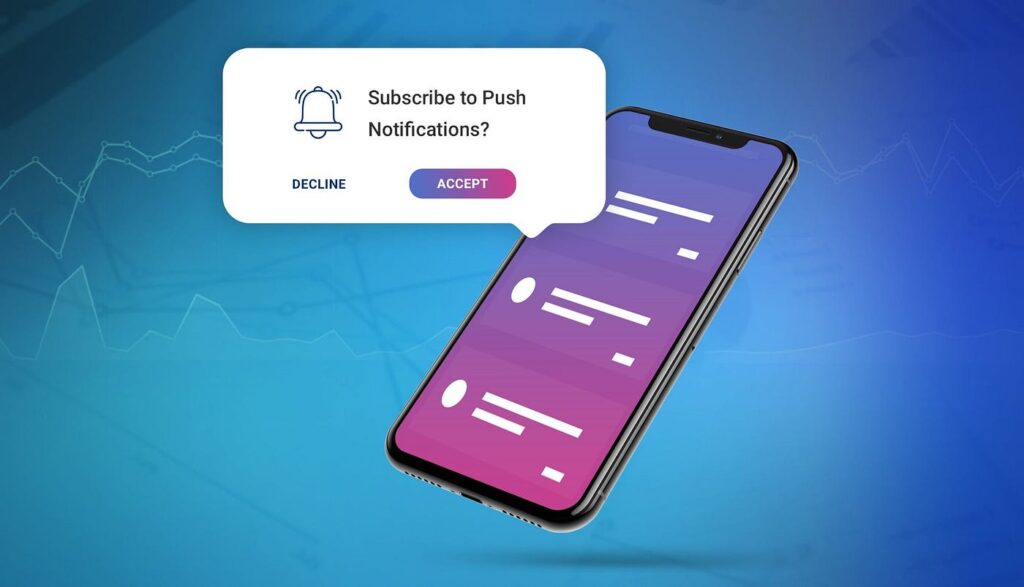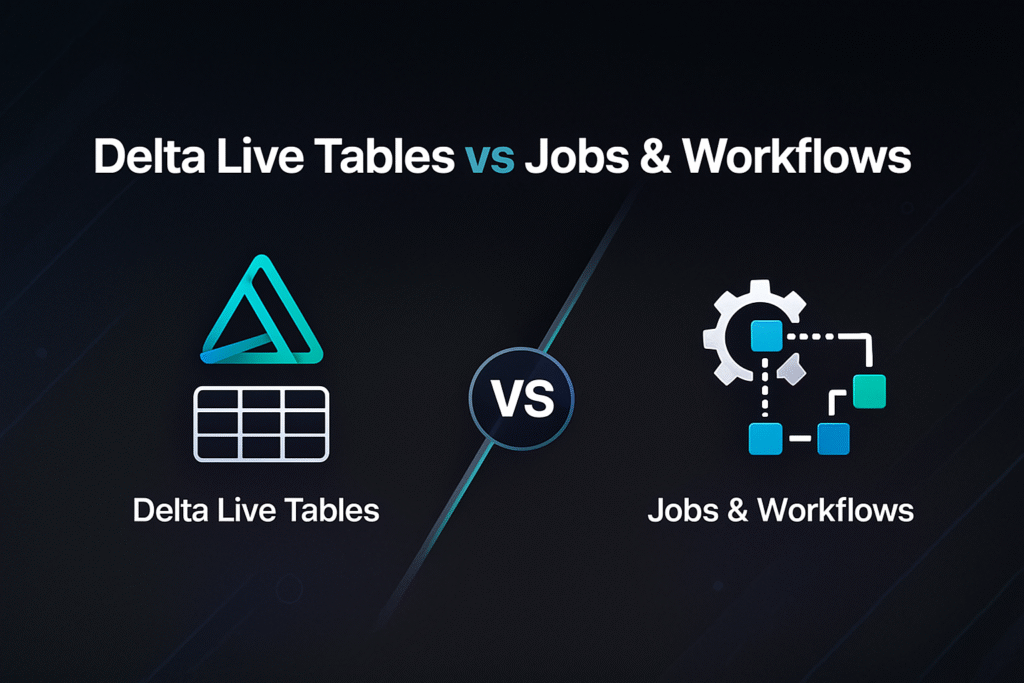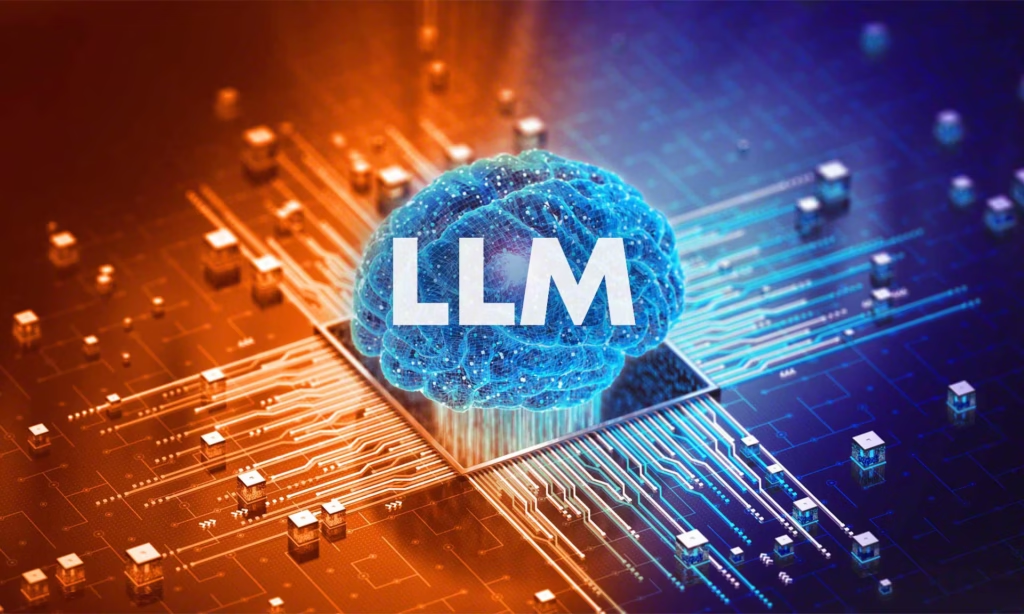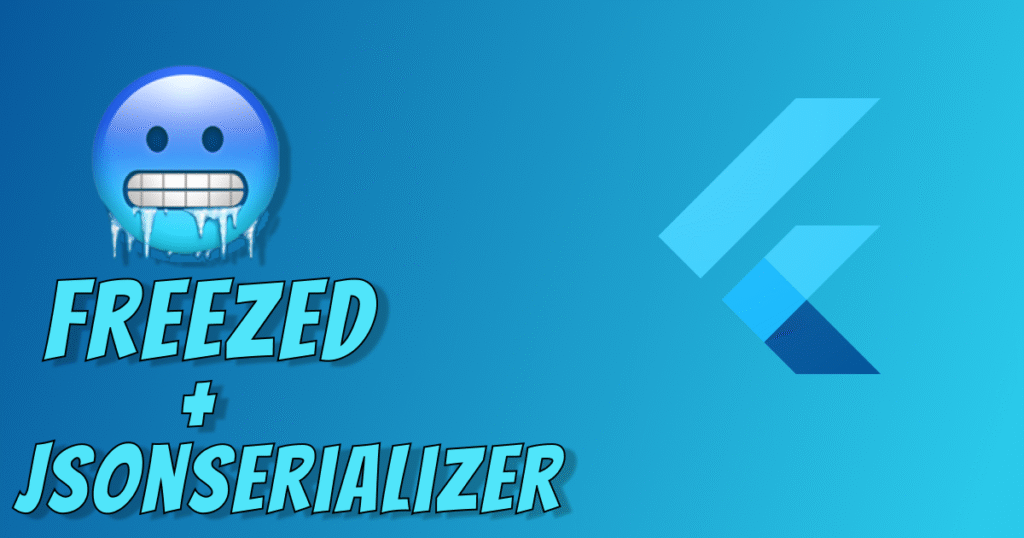Top 5 Mistakes to Avoid When Working with Date Tables in Power BI (With Real-Time Scenarios)

Working with dates is at the heart of most business reporting and analytics. Whether you’re tracking sales over time, comparing month-over-month performance, or calculating year-to-date metrics, you’re dealing with time intelligence—and for that, a robust and well-structured Date Table is essential. However, many Power BI developers (even experienced ones) unintentionally make mistakes when implementing or […]
Automated Schema Drift Detection in Databricks A Scalable and Configurable Approach
In modern data engineering, complex pipelines constantly process vast amounts of information from diverse sources. But one silent disruptor can destabilize everything—schema drift. When source systems unexpectedly add, rename, or change fields, these unnoticed shifts can break pipelines, corrupt models, and produce inaccurate reports. This blog post simplifies schema drift and shows how to detect […]
From Silent Apps to Smart Alerts – Making Push Notifications in Flutter Easy with Firebase

In today’s mobile-driven world, user engagement and retention are major challenges. No matter how well an app is designed, users tend to lose interest if they aren’t reminded of updates, offers, or important actions. For example: A food delivery app might need to alert users when their order is picked up or delivered. A fitness […]
Databricks Pipeline Showdown: Delta Live Tables vs Jobs & Workflows

Organizations need data pipelines that are not only scalable and reliable but also simple to manage and evolve as business needs grow. Within the Databricks ecosystem, there are two main ways to achieve this: Delta Live Tables (DLT) and Jobs & Workflows. Delta Live Tables offers a fully managed, declarative framework that simplifies the creation […]
Calculation Groups Deep Dive: Beyond Time Intelligence – Unlocking Advanced DAX Scenarios

Have you ever built a Power BI report with dozens of nearly identical measures, differing only by their calculation logic? A recent survey by Microsoft revealed that 73% of Power BI developers spend over 40% of their time maintaining repetitive measures across different business scenarios. What if there was a way to write one base […]
Breaking Data Silos with Federated Data Sharing: The Future of Connected Analytics

In today’s fast-moving world, every sector—from finance and manufacturing to pharma—depends on data for decision-making and innovation. Yet much of that data remains locked in separate systems, clouds, or partner environments. This fragmentation doesn’t just complicate IT—it slows down insights, innovation, and regulatory compliance. With the Databricks Lakehouse Platform—and its features like Lakehouse Federation and […]
Evaluating LLMs: Beyond Benchmarks – A Practical Guide to Modern Evaluation Methods

The Hidden Crisis in AI: When 95% Accuracy Means Nothing You’ve deployed an LLM that scores 95% on MMLU. Your team celebrates. Two weeks later, customers report hallucinations, factually incorrect responses, and irrelevant answers to complex queries. Sound familiar? Traditional benchmarks measure what models can do, not what they actually do in production. With 78% of enterprises now using LLMs according […]
How to Make Power BI Copilot Smarter: Best Practices for Data Models and Metadata

Ever wondered how you could make smarter, faster decisions with your data? In 2025, nearly 90% of companies achieved quicker decision-making with AI-powered BI tools like Copilot for Power BI, combining automation and real-time insights to enhance agility and outcomes. Valued at $47.48 billion in 2025, the global business intelligence (BI) software market is projected […]
Code Generation in Flutter with Freezed & JsonSerializable

In real-world applications, especially those involving APIs, we constantly deal with data models. For example, in a Hotel Booking App: We have a User model (id, name, email). A Hotel model (id, name, address, rating). A Booking model (user, hotel, check-in date, check-out date, status). Every time data comes from an API, you need to […]
Databricks to Azure SQL DB: Secure Authentication with Service Principals

In enterprise data platforms, Spark is the backbone for large-scale data processing, whether in Azure Databricks, Synapse, or standalone clusters. A common requirement is to establish a connection between Spark and Azure SQL Database for reading data, persisting results, or enabling downstream reporting. Traditionally, this connection relies on username and password authentication. while this method introduces security challenges. A more secure […]